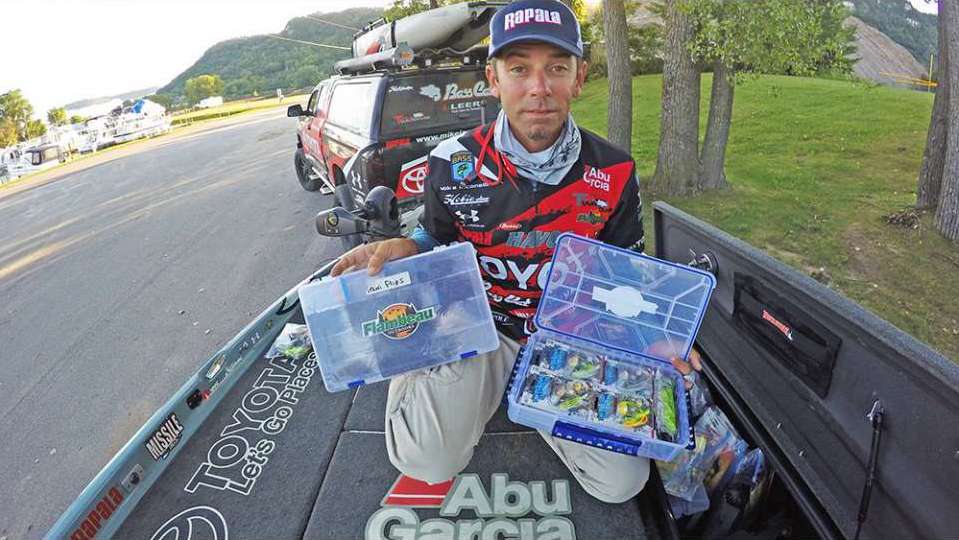
You only hear about spinnerbaits every so often these days. That doesn’t make sense to me because they still catch bass, and under some conditions they’re the most effective bait in your tackle box. That’s even more true when you think about big spinnerbaits. There really isn’t anything quite like them when you’re faced with certain conditions.
The first one that comes to mind is when you’re looking for a really big smallmouth. Way back in the day there was a crazy idea that smallmouth bass were small forage eaters. Any lure that was designed for them could be thrown on a light spinning rod or a fly rod.
I have no idea how all that got started unless it was because the first guys to fish for them noticed that they had smaller mouths than largemouth. I guess they assumed that all they could eat was small. Or, it might have been that back then smallmouth were mostly confined to streams and small rivers where most of the forage was small.
Regardless, none of it’s true. Smallmouth bass will hit big baits and giant smallmouth will hit giant baits. In fact, they prefer them. A super big spinnerbait fits the bill.
Another thing about smallies in general, and big ones in particular, is that they like wild, wacky colors. The more you think a brown bass would find a particular hue offensive, the more likely it is to attack it.
I also throw big spinnerbaits when I’m looking for a big largemouth bite. In general bigger baits attract bigger bass. Spinnerbaits create a large profile. That makes them perfect for trophy hunting.
Big ones are often my choice when I’m fishing a Bassmaster Elite Series tournament in big fish waters. I know I can’t win with ordinary size bass so it doesn’t make sense to target them. A big spinnerbait works like a kind of culling system.
Don’t get too excited about wild colors with largemouth, though. I haven’t found them to be very effective. It’s hard to beat chartreuse and white although sometimes dark colors seem to get their attention. That’s especially the case under low light or dark water conditions.
Another time I reach for a huge spinnerbait is when the water is muddy and the visibility is down to almost nothing. Those can be tough conditions.
It’s not that the bass won’t bite in muddy water. It’s that they struggle to find your lure. Big blades displace a lot of water. Add that to the fact that a spinnerbait isn’t usually traveling all that fast and you have what it takes to catch them.
The dirty water, low visibility thing is especially important right now. Harvey is in Texas and it’s raining like crazy. The rain bands from him might extend all the way up into the Ohio River Valley. There’ll be lots of largemouth and smallmouth water that’ll be a mess for the next couple of weeks at least. And, the storm season isn’t over yet so you can expect more nasty water through the fall.
Of course, fishing water is a small thing when compared to the damage hurricanes do to people and property. I’m not equating one with the other. It’s obvious that life and property are more important.
There is one other thing that you want to keep in mind about big spinnerbaits is that big isn’t the same thing as heavy. Big in my mind means big blades, and big blades in my mind means something between a No. 5 and a No. 8 size. Head weight has nothing to do with anything.
In clear or slightly stained water I like willow leaf blades. In the mud I go with a Colorado style for the extra thump.
Just because you don’t read or hear much about big spinnerbaits doesn’t mean they aren’t what you should be throwing. Grab a couple and give them a try. You’ll be pleasantly surprised.
Mike Iaconelli’s column appears weekly on Bassmaster.com. You can also find him on Facebook and Twitter or visit his website, mikeiaconelli.com.





